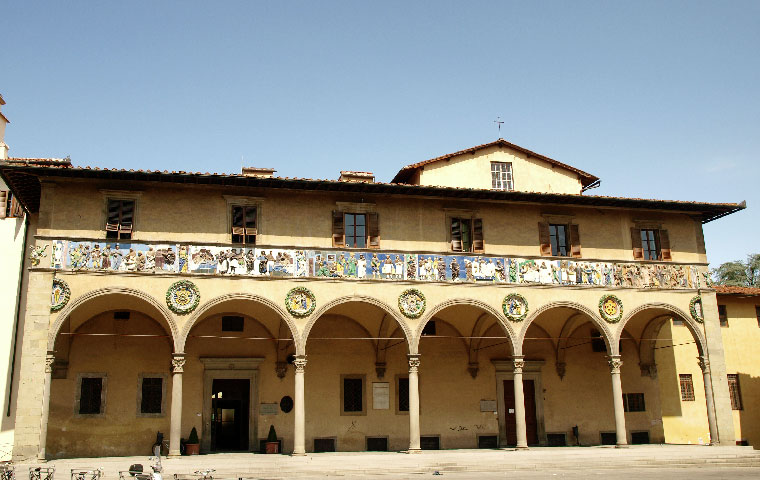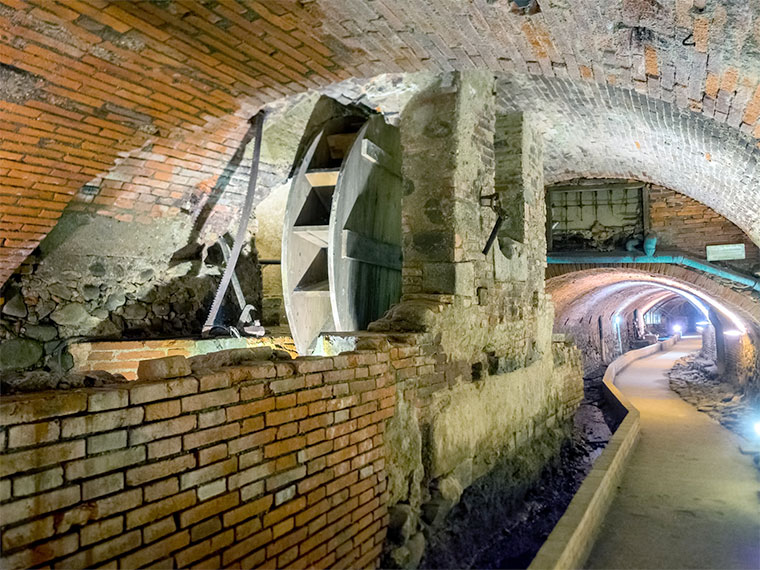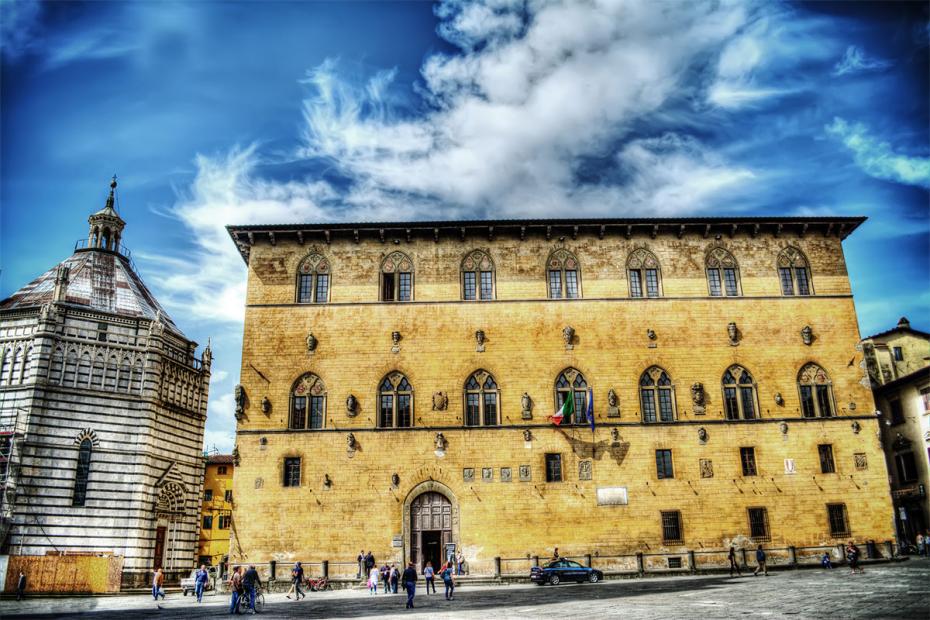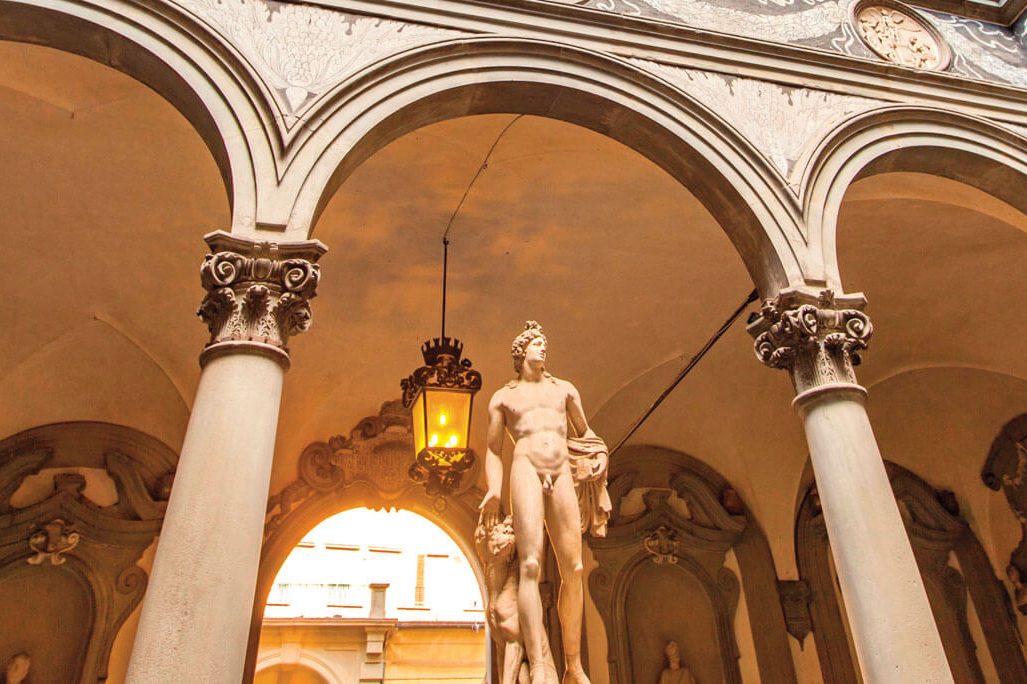The recent news that Pistoia has been selected as Italy’s “capital of culture” for the year 2017 was met by Italians themselves with some surprise and skepticism. To be sure, not many people here have ever seemed to be aware of what is precisely “cultural” about this low-profile Tuscan city, whose very existence has been overshadowed by the near glory of Florence and Pisa at least since the Middle Ages. Next year, however, would give all the skeptics the perfect occasion to reconsider their first thoughts about this long-overlooked little jewel.
While several new tourists will visit for the first time Pistoia’s best sights, to begin with its well-known cathedral and baptistery in the Piazza del Duomo main square, many others are expected to be attracted by the cultural events that will add up to its already famous summer blues festival. But as the 2017 celebrations approach, and as an increasing number of people is all the more eager to learn about this city’s past and present, there is a question which seems definitely worth-considering: how many of these tourists would want to take “the road less traveled” and go as far as to visit Pistoia by its medieval underground, now transformed into a museum? In fact, there are a lot of curiosities to be satisfied with a simple descent to the city that lies “down under”.

What impresses most visitors in the first place is probably that the Dantesque entrance to “Pistoia sotterranea” is to be found precisely inside the 13th century hospital known as Ospedale del Ceppo, one of the oldest in the world still functioning. If not because of the wonderful tondi by Giovanni della Robbia on the hospital’s facade, inspired by the more famous Ospedale degli Innocenti in Florence, it is for the very act of listening to the peculiar story about its foundation that the place deserves a visit: as a matter of fact, a guide is there to tell you how, according to the local legend, back in 1277 the Virgin Mary appeared to a man and a woman whom she instructed to fund the construction of a hospital in the same spot where a blooming tree trunk (ceppo) would be found in midwinter.
Today, more than seven centuries later, you can take a quiet walk in the exact location where that miraculous ceppo stood just by following the subterranean pathway that has recently been reconstructed along the former riverbed of the Brana creek, on whose ancient banks the hospital still stands. As you move downstairs to reach this long-forgotten trail, the feeling is that clocks are quickly and inevitably going backwards: in a minute, one passes from the white walls of a modern building to an unexpected dark medieval landscape made of stone wash-houses, two old watermills, and even the remains of a convent and those of a Roman bridge.
But most of all this secret archaeological site underneath Pistoia tells us about a faraway time when the city, crossed by the Via Francigena, constituted a necessary step for the pilgrims on the road to Santiago. In addition, the prominent role the Ospedale del Ceppo and its basement had back in that era is made clear by the discovery of the terracotta pots known as butti, many of which were painted in black as to meaningfully indicate the patients infected with the plague. To be sure, after the disease broke into the city in 1348 and the hospital became the main sanatorium in the whole area, the creek below began to serve as a real garbage dump in which all the infectious waste was tossed. Strikingly enough, one discovers that just a few steps away is the lavatoio where the women used to wash their laundry!
All in all, the centuries-long history that lies just under the surface of things may as well give visitors a more conscious understanding of what they will more easily find at ground level of Pistoia. One needs only to approach the final part of this obscure underground passage to find a warm ray of light entering from an opening in the ceiling, which is in fact the “floor” of one of the city’s squares, as you may realize by the bottom-up people in their summer clothes passing by.

To the amazement and amusement of the curios visitors who are lucky enough to stop by at the right time, this suggestive location also hosts a monthly Tibetan bowls concert in its underground tunnel. If all of this were not enough to arouse your curiosity, the ticket to “Pistoia sotterranea” even includes a visit to a nearby building in the Ospedale del Ceppo that happens to be the smallest Anatomy Theater in the world: yet another testimony of a time in which Pistoia had already been, indeed, a “capital of culture”.





























